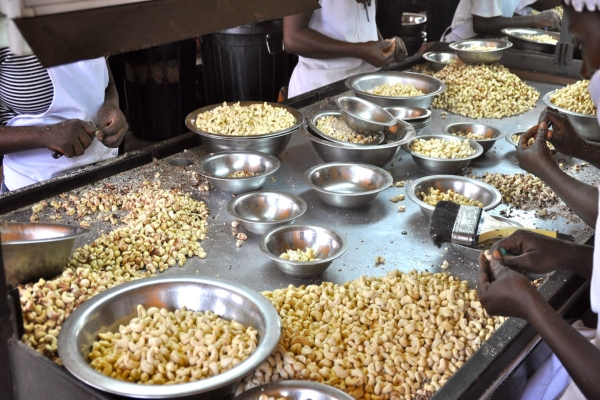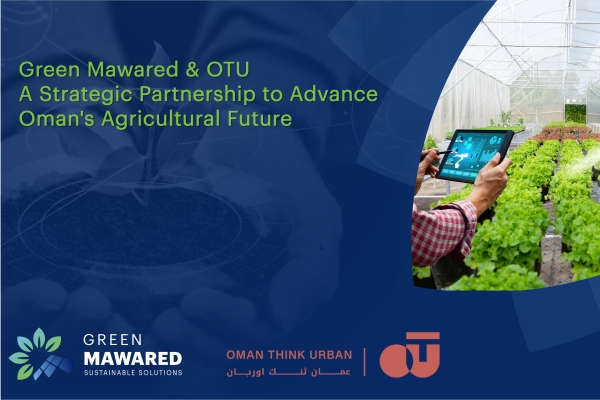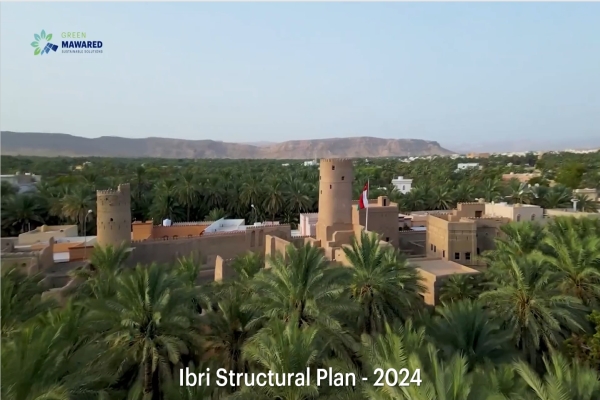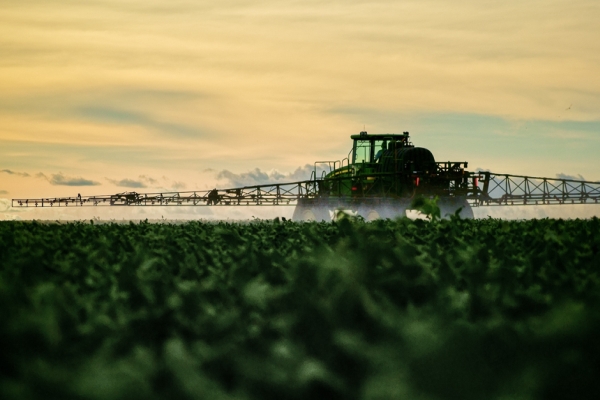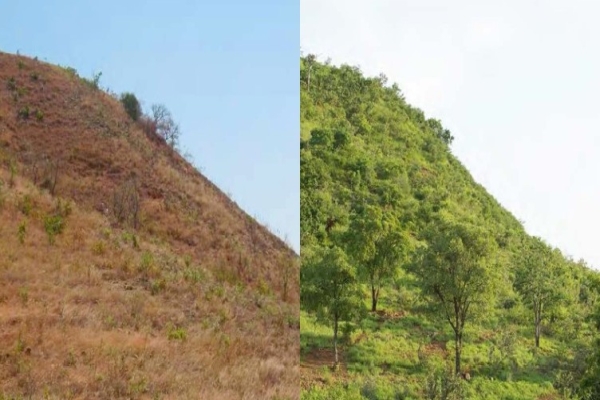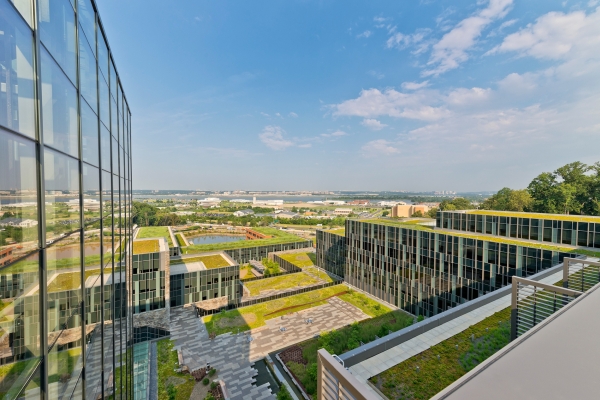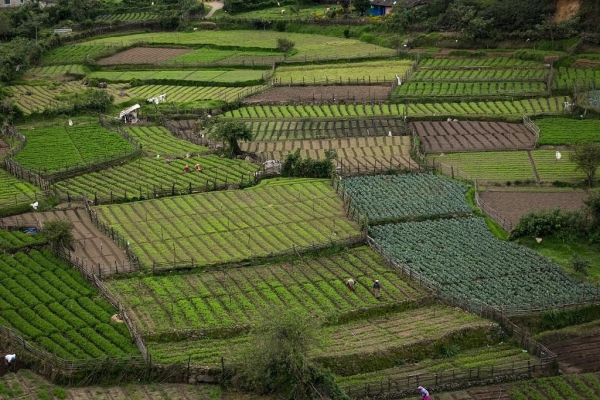Urban Planning for Regenerative Suburbs with Food Forests
- December 2, 2024
- 1 minute
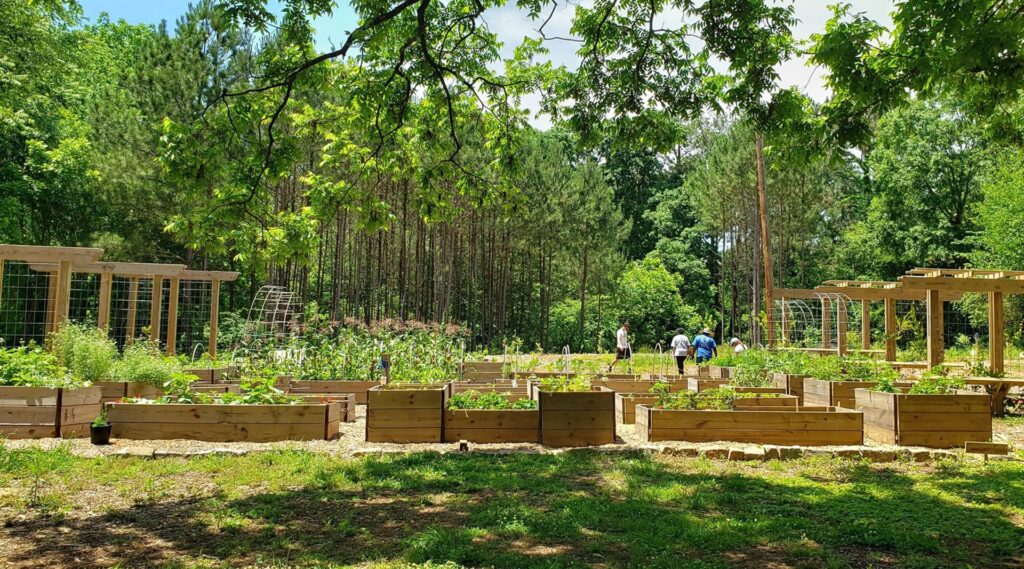
The traditional suburban model, characterized by expansive lawns and ornamental landscaping, presents significant ecological challenges. This article explores the integration of food forests and community gardens into suburban design, offering a regenerative approach to residential development.
Ecological Benefits of Food Forests in Suburban Settings
Food forests, multi-layered polyculture systems mimicking natural forest ecosystems, provide numerous advantages in suburban contexts:
- Biodiversity enhancement: Diverse plant species support local fauna, increasing ecosystem resilience.
- Microclimate regulation: Layered vegetation moderates temperature extremes and improves air quality.
- Soil health improvement: Deep-rooted perennials and leaf litter accumulation enhance soil structure and nutrient cycling.
- Stormwater management: Increased vegetation and improved soil structure reduce runoff and enhance water infiltration.

Implementing Community Gardens in Residential Design
Community gardens offer complementary benefits to food forests:
- Social cohesion: Shared spaces foster community interaction and knowledge exchange.
- Food security: Local food production reduces dependence on external supply chains.
- Education opportunities: Hands-on learning about sustainable agriculture and ecosystem management.
- Flexible land use: Adaptable spaces that can evolve with community needs.
Design Considerations for Planners and Architects
When incorporating these elements into suburban design:
- Spatial planning: Allocate appropriate areas for food forests and community gardens, considering sun exposure, drainage, and accessibility.
- Infrastructure integration: Design water management systems that support both built and natural environments.
- Long-term management: Develop maintenance plans and governance structures for community involvement.
Case Study: Wetherby Park Edible Forest, Iowa City, Iowa
The Wetherby Park Edible Forest in Iowa City, Iowa, provides an excellent real-world example of integrating food forests into urban planning:
- Location: Wetherby Park, Iowa City, serving predominantly low-income and multi-ethnic neighborhoods
- Size: 1/3 Acre
- Established: 2011
Key Features:
- Diverse plantings: Approximately 15 species of trees and shrubs, and 10 species of herbs
- Accessibility: Open to the public at all times, with clear pathways and circulation
- Educational elements: Plant identification signs with QR codes for detailed information
- Community engagement: Regular harvesting by local families, estimated 3-5 families per week during growing season
- Infrastructure: Water infiltration swale for runoff management, compost area for waste management
- Social spaces: Central gathering plaza, shaded areas for picnics and events
- Unique design: Edible maze for interactive food foraging and children’s play
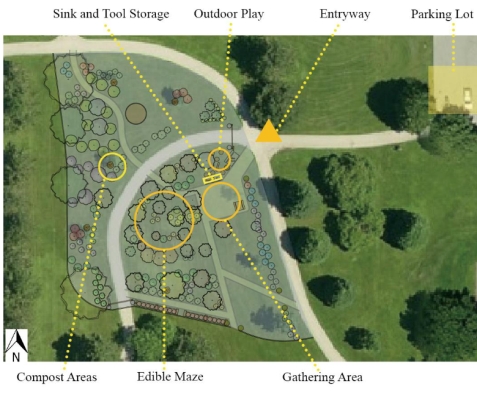
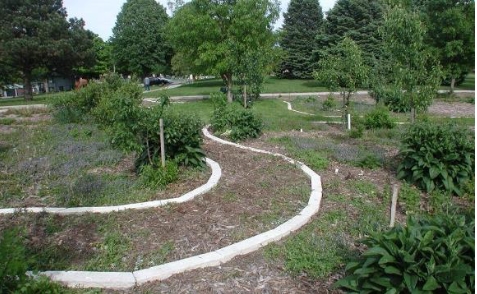

More News and Resources
